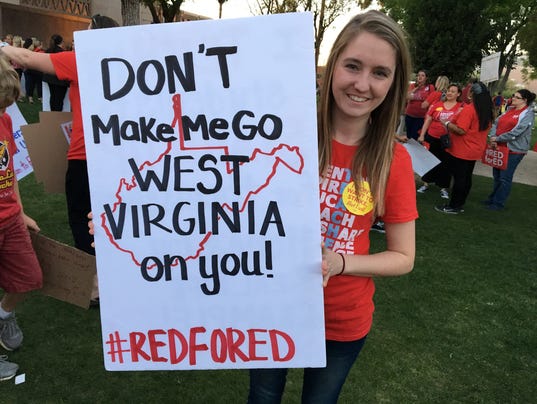Valley parents want ‘voices counted’ in search for LAUSD superintendent
A group of San Fernando Valley parents decried the Los Angeles Unified School District’s search process for the next superintendent and claimed the school board is not being transparent and not seeking input from parents and students.
The school board has not held public input sessions as it did during the last superintendent search and has met in closed session to discuss who will lead the nation’s second-largest school district.
“The student voice and the parent voice must be part of that decision-making process,” said Joe Macias, of Reseda, a parent of two LA Unified students.
Macias and a handful of other parents spoke before the school board went into closed session last week to interview candidates.

It appeared as though the board would make a decision last week, but on Friday the board announced it would recess until May 1 without reporting a decision had been made.
RELATED STORY: LAUSD board unable to pick new superintendent
Superintendent Michelle King revealed in January that she had cancer and said she would retire at the end of the year. King was named superintendent in 2016. Vivian Ekchian has been serving as interim superintendent since September when King went on medical leave. The interviews with the candidates began this month.
“It felt rushed, it felt not transparent and, in a way, it felt disingenuous because they’re talking about parent engagement, but not when it comes to these big decisions like selecting a superintendent,” said Evelyn Aleman, Macias’ wife, who also spoke at last week’s board meeting.
Two years ago, when King was selected superintendent, the board held numerous community forums and a search firm conducted a survey seeking input about what qualities the community wanted to see in the next superintendent. This time around, the board has not gone through the same process. Some have indicated the board could draw on the feedback it received two years ago.

But many parents expressed frustration that they read the names of the finalists in the Los Angeles Times. The Times, citing anonymous sources, reported last week that the finalists are Ekchian, former investment banker and former Times publisher Austin Beutner, and former Baltimore schools chief Andres Alonso. Indianapolis public schools superintendent, Lewis Ferebee, announced last week he withdrew his name as a finalist.
“I don’t want the outcome to be that students and parents feel that their voice is not valued by the district. I want parents and students to feel that their participation and their engagement in the democratic process is critical to the success of their schools and the broader district.”— Donald Cohen, executive director of In the Public Interest
Macias said he wished the district would have announced the finalists and that parents and students would be given the opportunity to interview the candidates and review their track record.
“Every one of these candidates has a vision for LAUSD, I just don’t know what that is,” he said.

John Rogers, a professor of education at UCLA, said other districts have released the names of continue reading: Valley parents want ‘voices counted’ in search for LAUSD superintendent – Daily News:















/cdn.vox-cdn.com/uploads/chorus_image/image/59499703/oklahoma_teachers.0.jpg)











